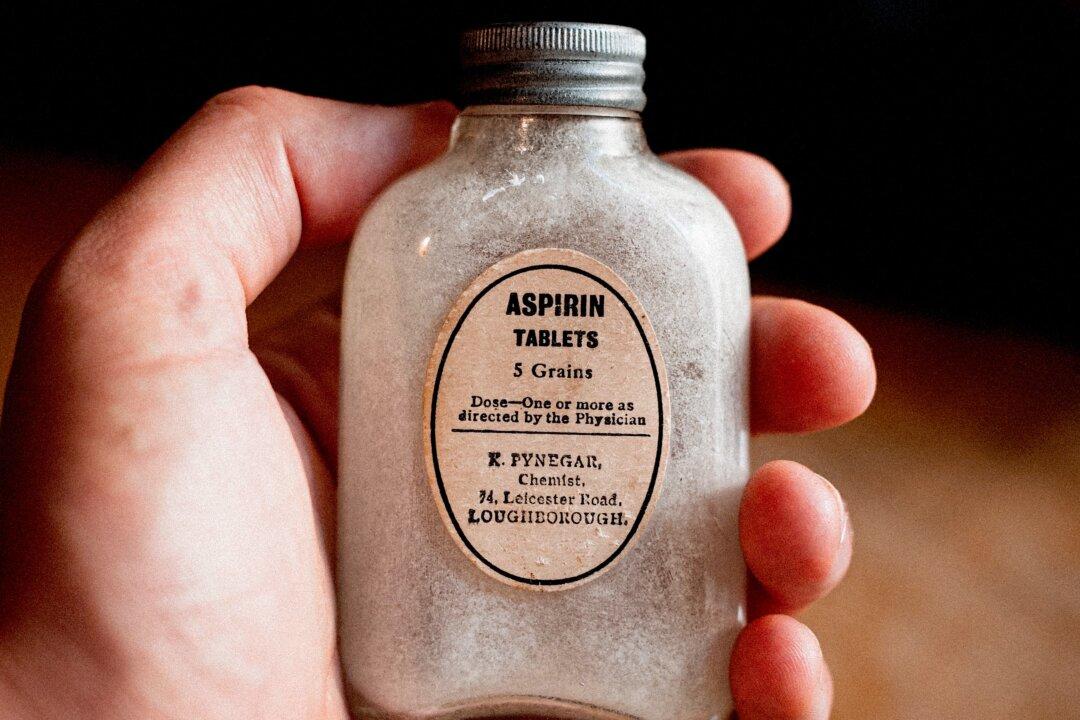Life has gotten so hectic we barely have time to run to the grocery store when we need to restock the pantry. So it’s a quick dash in, and a cursory look at what’s on the nutrition label to make sure it doesn’t contain too much sugar or preservatives and fits in with our new year’s resolution to eat healthier, and we’re on our way to a healthier lifestyle and smaller waistline. Sounds simple, right? Wrong.It seems like the more laws that are created to regulate food labels, the more complicated they are to read. This isn’t just because there’s more information on them, it’s also because manufacturers looking to cut costs and cut corners are finding more creative names and ways to sneak in food additives that have become unpopular with consumers because studies have shown they lead to disease. The problem is these food additives taste good, so innocent consumers are being duped into buying products they think are healthy, but in reality contain the same ingredients they’re trying to avoid, just listed under an unfamiliar name.
Sugar
According to the USDA, the average American consumes between 150 and 170 pounds of refined sugars per year. That’s more than some adults weigh, and breaks down to a full cup of sugar per day! You might see that number and think there’s no way you eat that much because you make a concerted effort to eat healthy and avoid added sugars. You could be right, or sugar could be hiding in plain sight – right on the label – under names and products that might not even have to be listed in the total sugars on the nutrition label.Here are more than 50 names sugar can be disguised as on a food label:
Diets high in refined sugars contribute to inflammation, obesity, diabetes, heart disease, fatty liver, high blood pressure, and most chronic inflammatory diseases. Sugar can suppress immune function, cause blood sugar imbalance, and feed an unhealthy microbiome (think Candida and parasites) and even cancer. Sugar is hiding in everything from ketchup to sausage, low fat milk and fruit juices and so much more. Careful label reading, looking for all of the above names, is important to reduce your sugar intake, especially when you are already fighting a disease or want to lose weight.
|
|
|
|
|






